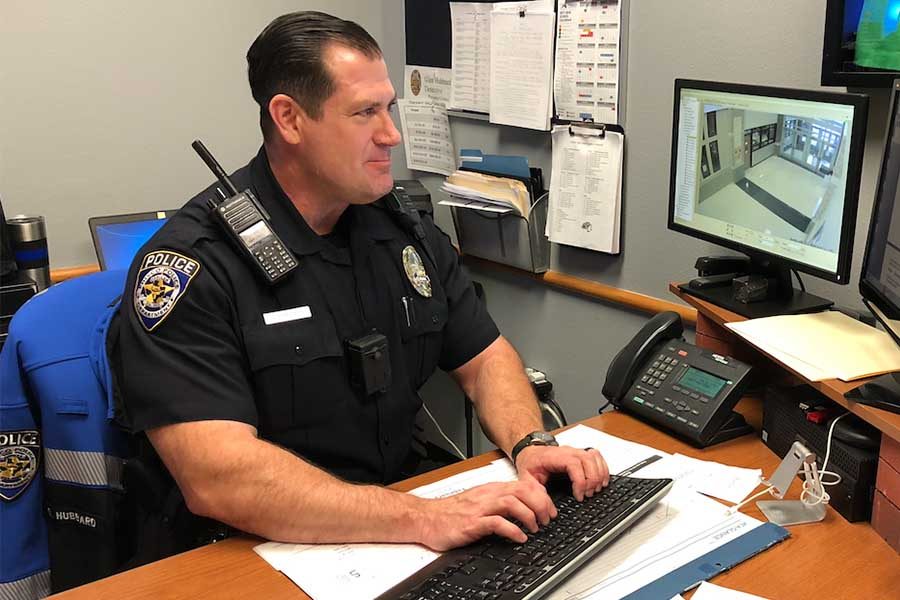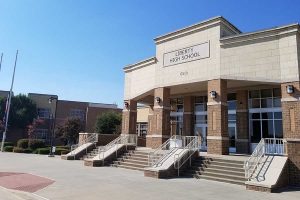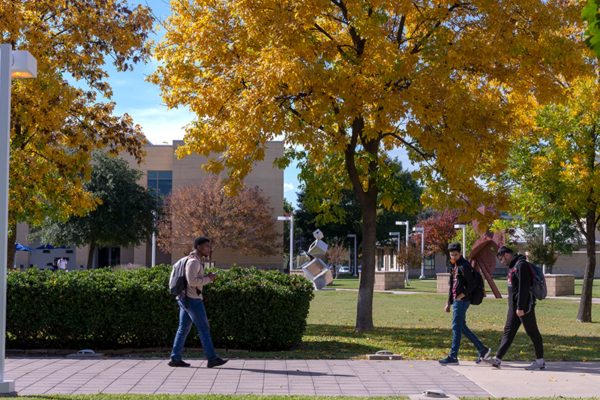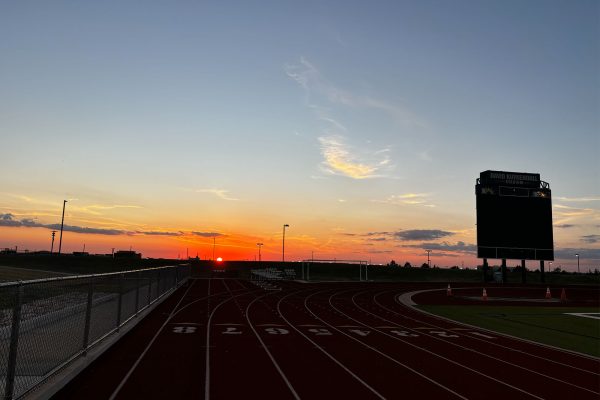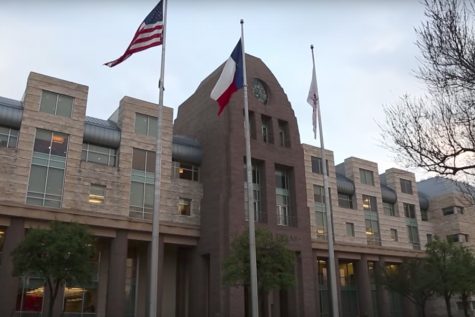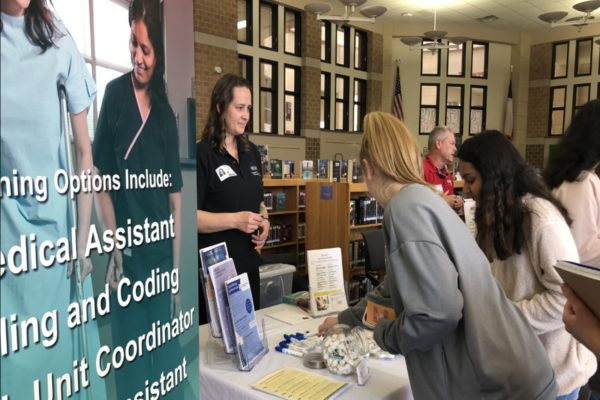School safety in Frisco ISD: An interview with the SRO
School Resource Office Glen Hubbard is holding a meeting Thursday morning at 8:00 a.m. The meeting is an opportunity for parents to learn more about school safety.
Parkland, Florida was just a small town unknown to most Americans, but on February 14, the town became a household topic when 17 people were shot and killed at Marjory Stoneman Douglas High School by a former student.
Many schools, including those in Frisco ISD, have procedures detailing what to do in an active shooter situation. Wingspan sat down with School Resource Officer Glen Hubbard to discuss the school’s procedures and S.R.O training concerning active shooters.
Wingspan: What training do you have to go through for active shooter situations?
Hubbard: “We go through a lot of active shooter training, and actually, we’ve started active shooter training with the fire department as well. So when it’s going down, we actually go in with the firemen to retrieve individuals. We go through at least a week of active shooter training and then in service every two years for active shooters. If any new techniques come up or there’s a need, we go through additional. The training that I have coming up this summer, we’re actually gonna do sim rounds, which are like paintballs that go in a real gun, so it’s force-on-force, and there’s active shooting going on, along with first-aid and stuff. As far as the individual S.R.Os, we’re responsible for knowing every nook and cranny of [the school]. We also have the active shooter drills here at the school and things like that.”
Wingspan: What’s the difference between the training that you have to go through as a regular officer versus an S.R.O?
Hubbard: “Basically, they’re gonna be identical. The reason for that is because they may be the first people in. I may have a doctor’s appointment or meeting, and the patrol guy might be right there. Everybody goes through the exact same training, so it’s all unified.”
Wingspan: How often does the training change or expand?
Hubbard: “Just like anything else, there’s better techniques or new information that comes forward. That’s when it gets upgraded, or they take things out, or they may find another way of doing something a little bit better. Even since Columbine, when we’d hold in place and not go in, now we go in right away, regardless of if we have one guy or one hundred guys. If there’s shooting going on, we go in to stop the shooter. What’s good about places like Frisco is there’s access to the cameras, the staff is pretty aware, and the students care, so I get lots of reports every day. A lot of it isn’t weapon related, but people aren’t afraid to have me check it out. I’m one guy out of 2500 people here, so it’s good that people care and take responsibility for their safety.”
Wingspan: How long have you guys had the rifle and armor?
Hubbard: “We’ve had it for a couple years, so that’s been an ongoing thing. The armor was new last year and the helmet. Then I have a medical pack and it has a tourniquet, a blood-clotting agent, and pressure bandages. When we go to training, we wear it, and I have a vest on in case someone has a rifle. In the real thing, I don’t have time to run back to my office.”
Wingspan: How effective do you think the drills that we do here are?
Hubbard: “I think we’ve had two here. It’s pretty effective, but the only weak spot is when the shooter knows the protocols and knows where the kids are gonna be. That’s something we need to work on. I’m not sure how we’re gonna answer that yet.”
Wingspan: If there is a situation, what comes over the intercom and what will happen?
Hubbard: “We go into lockdown and tell the teachers what to do. Most importantly is to stay quiet because if they know you’re in there, they’re gonna try to get to you. That’s easier said than done, because when people are shooting, you’re scared, but you have to do you best. The procedures work, but sometimes something goes wrong and you have to adapt.”
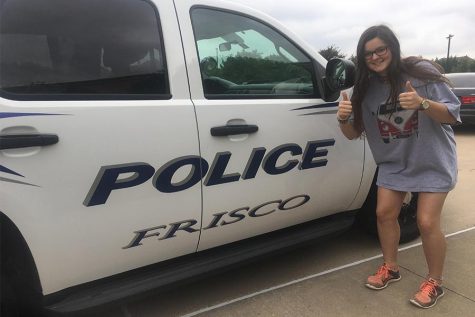
Keegan ‘KEEG$’ Williams, is a senior and Editor-in-Chief for Wingspan. She likes to partake in many activities such as watching Youtube and talking...
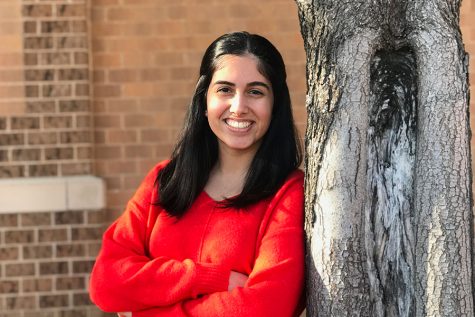
Melody Tavallaee is a senior who joined Wingspan during her sophomore year. One of her greatest passions is iced coffee and you can almost always find...



